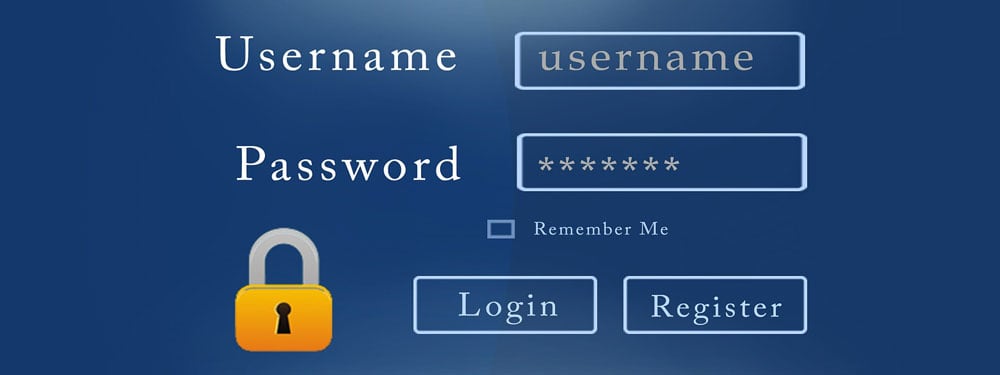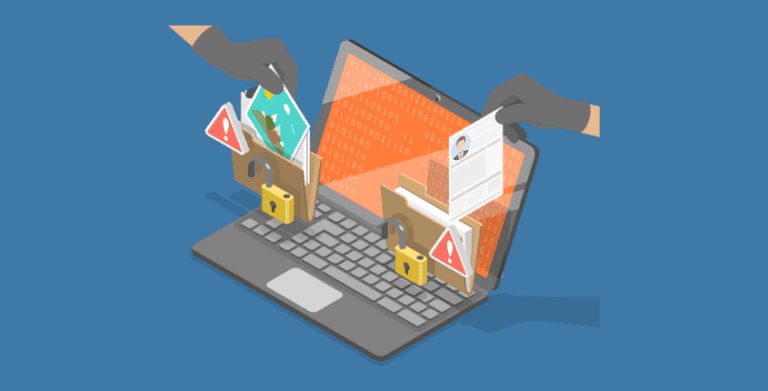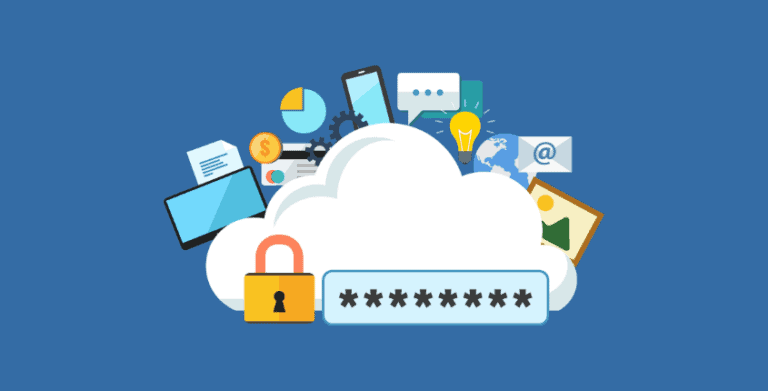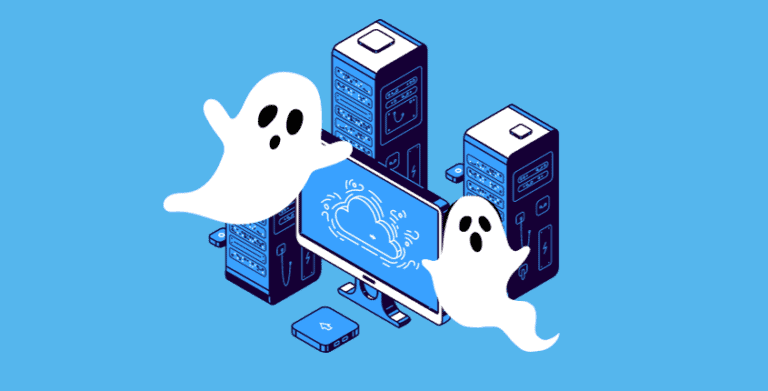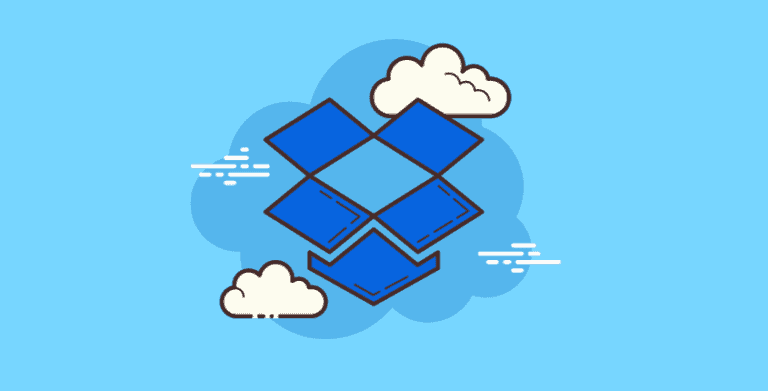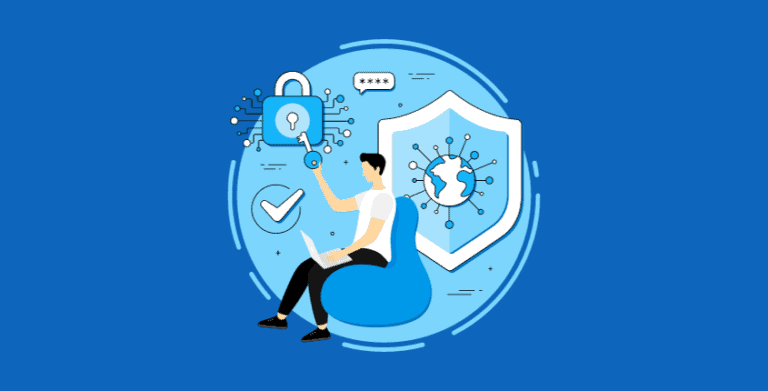Small business owners… know your logins!
Whether you outsource your technology needs to an IT services partner or you have internal IT support, as the small business owner, you are the one responsible for keeping the business running.
That means you need to know your logins, even if you never plan on using them.
Conversations with a Small Business Owner
I can’t tell you how many conversations go something like this:
BUSINESS OWNER: Hi there! I need urgent IT support. Our (website, software, server) is down. The IT Professional we had quit a few months ago, and I don’t know how to get it back up and running.
US: Happy to help. So tell me, where is your (website, software, server hosted?
BUSINESS OWNER: I’m not sure. And the person who did know isn’t here today.
US: OK. Well, if you’re not sure, who could you ask? Did you have an IT provider install it?
BUSINESS OWNER: Yes, but I can’t remember their name.
US: OK. Well, do you have the login credentials?
BUSINESS OWNER: No.
US: Well, then let’s reset the password. What was the email address used to sign in on this account?
BUSINESS OWNER: Hmmm… let’s try Andy… No? How about Marie? Still no? Hmmm… shoot. Let me get back to you on that.
TWO WEEKS AND 50 EMAILS LATER…
BUSINESS OWNER: Sorry about all that. I have no idea why the account was set up with John’s old Yahoo account. John hasn’t been here for 2 years. Glad we were able to get to the bottom of it. Thanks for helping us get back up and running.
US: This is a good reminder to collect all your account settings into one central location. Do you want our help with that?
BUSINESS OWNER: Yes. But let me call you back when we’re less busy.
TWO YEARS LATER…
Business owner calls back in with the same story, but a different software program. <sigh>
4 IT Policies to Implement
We understand that business is busy. Being a small business owner is a tough job! But not knowing your software programs and credentials creates a lot of frustration and downtime for small businesses.
You can avoid these hassles with a few simple steps.
1. Use an email alias for every single software sign up.
This policy will make your software setup “employee agnostic.” Let’s say you create an alias like admin@yourcompany.com. You can then change who in your company receives those alerts. Plus, you will always know the email address associated with the account, AND you’ll be able to access the email to reset the password when needed.
2. Set reminders and alerts.
Use an organizing system – Outlook, a project management software, a paper notebook – whatever works for you. Use the same system that helps you pay your bills and get to your appointments to keep track of expiration dates and other key dates.
3. Choose auto-renewal.
While you risk paying for software you don’t use, it’s a better choice than losing software that’s essential for your business. If you’re regularly looking at your credit card charges, this shouldn’t be a significant problem.
4. Document changes in the IT environment.
We keep what we call a “red binder” for every client. Now, it’s not usually a physical binder any more, but it’s what we call the central repository of all IT asset information. We help you keep track of the software programs you’re using, the version you’re on, known issues, logins, vendors, key personnel, data security information, etc. Everything is documented in one central location.

Frequently Asked Questions
Should small businesses have IT support?
Small businesses, just like other businesses, should definitely have an IT team or outsourced support. SMB’s tend to put IT on the back burner, even though that could make or break your business.
What if I don’t know my passwords?
Make sure you’re keeping track of important logins and passwords! If you don’t know, ask the people in your team and try to get as much information as you can before calling IT support.

